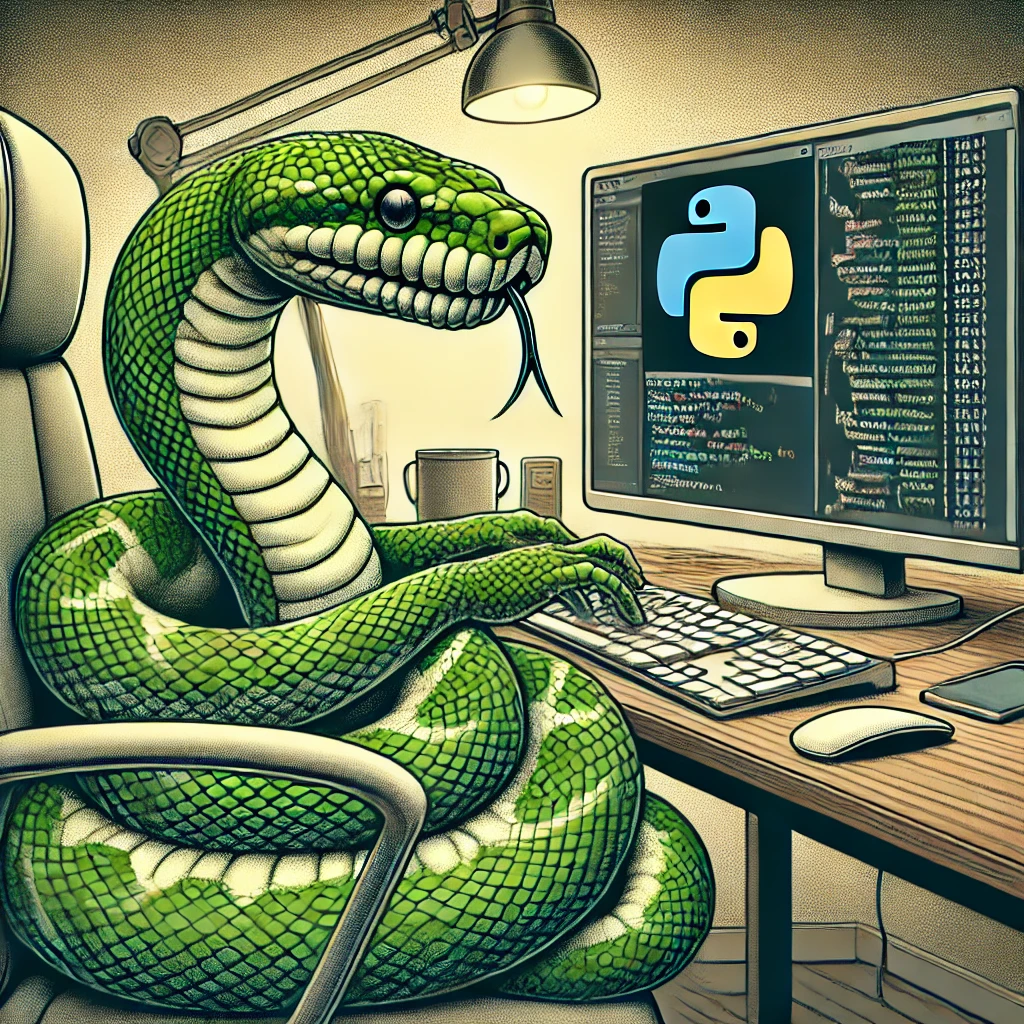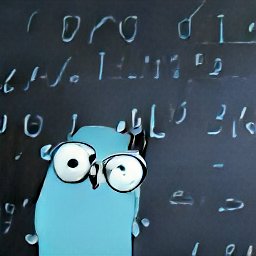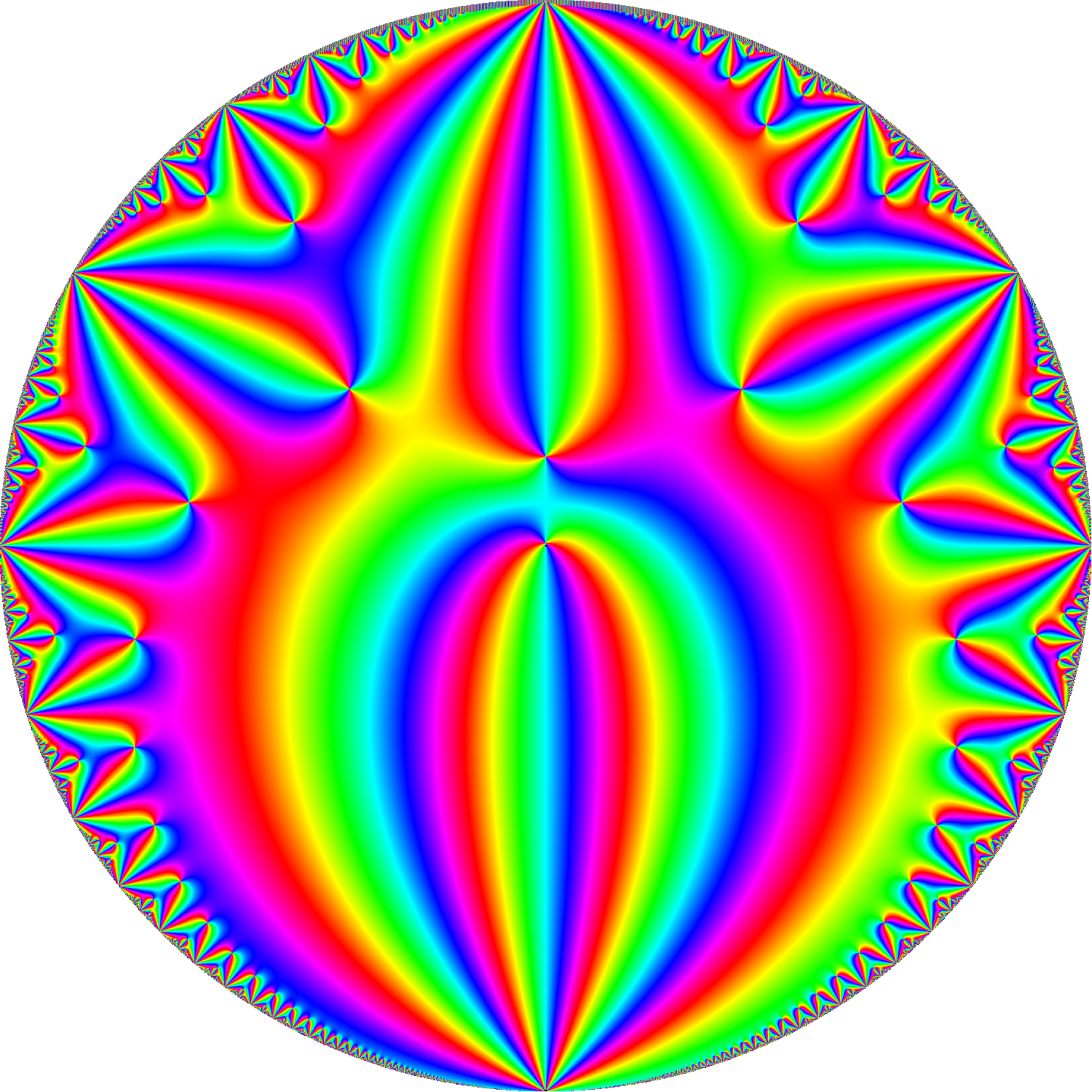plotis

plotis is a Python package designed to streamline the process of version-controlling plots in large documentation projects. By automatically saving the necessary code and data to reproduce plots independently, plotis solves the problem of repository size inflation caused by frequent image updates. The package uses Python context managers to extract plot-related data and code, allowing seamless reproduction of figures without the need to store non-plain text images in your repository.
master thesis

The title of my master thesis is Yield Curves in the Post-LIBOR World and it was carried out in Collaboration with Algorithmica Research AB. The work is concered with some of the consequences following from the London Interbank Offered Rate (LIBOR) being getting replaced by over-night rates such as the Secured Overnight Financing Rate (SOFR) in 2023. The work presents new results regarding the differentiability of the yield to maturity curve impled the novel models used to describe over-night rates.
QSlab AB
GOSH! I love large projects, and when they are for a good cause, they become almost irresistible. QSlab was a project trying to democratise the wonderful world of quantitative investments. Unfortunately it was shut down due to personal time constraints and a difficulty financing our venture. But you can still see the landing page here!
Mathematics and programing are two tools that go very well together, especially when it comes to investing, but everybody does not have access to them. QSlab was trying to changing this by creating a digital platform for learning about, developing and implementing everything from trading bots to index “funds”, all without code or the need for a deep mathematical understanding.
gosymbol

gosymbol is a Go package for symbolic computations. This project is me giving myself the opportunity to take a deep dive into the world of algebraic computer systems and symbolic computation. The development journey is ongoingly published as a series of Medium articles. The package in its entierty can be found in this Github repo.
bachelor's thesis

My bachelor thesis (unfortunately written in swedish), Fourier series expansion of second order Eisenstein series supervised by Tobias Magnusson and Prof. Martin Raum, was a study of a type of modular form called Eisensten series, and gosh are they cool.
For long it was thought that no connection existed between harmonic analysis and number theory, until modular forms came around. Using modular forms, more specific the Fourier coefficients of an Eisenstein series (which is very much harmonic analysis), it is possible to answer questions like; in how many ways can a given integer be written as the sum of four squared integers?